What should be done when waterproof components in the vehicle bed deteriorate and leak? Deterioration and leakage of waterproof components in the vehicle bed is an unavoidable issue for many vehicles after prolonged use. If not addressed promptly, it can corrode the cargo bed structure, damage stored goods, and potentially cause rust due to prolonged water accumulation, further shortening the vehicle’s service life.
Upon detecting leaks, thoroughly investigate the source. Ageing waterproof components often manifest as cracked sealing strips, detached adhesive layers at joints, or blocked drainage holes. Begin by cleaning the cargo bed, then simulate rainfall with a hose to observe water ingress paths. Focus inspections on the cargo bed edges, hinge connections, and tailgate seals.
For mildly deteriorated sealant strips, first remove surface grease and oxidation layers using a professional cleaner. Then apply weather-resistant sealant to repair the area, ensuring even coverage of the gap. Allow the sealant to fully cure before use. Should the sealant strip exhibit severe cracking or deformation, replace it entirely with an original manufacturer or compatible model. During installation, ensure proper alignment with the retaining slots and press the edges firmly to prevent creasing or gaps.
For areas where sealant has detached from joints, thoroughly remove all old residue before reapplying fresh sealant. Use specialised tools to compress the new sealant, ensuring full adhesion to the metal surface. Blocked drainage holes should be cleared using fine wire or compressed air to maintain unobstructed drainage.
Material selection directly impacts repair effectiveness. Water-resistant components for vehicle bodies endure prolonged exposure to sun and rain, requiring UV resistance, high/low temperature tolerance, and corrosion resistance. When replacing sealant strips, prioritise silicone rubber or EPDM rubber materials, which offer enduring elasticity and superior ageing resistance.
What to do if waterproof accessories in the truck bed age and leak? Routine maintenance is key to extending the lifespan of waterproof components. After each use, wipe the surface of the sealant strips with a soft cloth to remove dust and moisture, preventing abrasion from grit or waterlogging. Regularly inspect the condition of the strips, and promptly apply sealant to repair any minor cracks.
During winter or extended periods of inactivity, apply a specialised protective agent to sealing areas to slow ageing. Avoid prolonged storage of sharp or corrosive items within the vehicle body to prevent scratching sealing surfaces or causing metal corrosion, thereby reducing leakage risks at source.

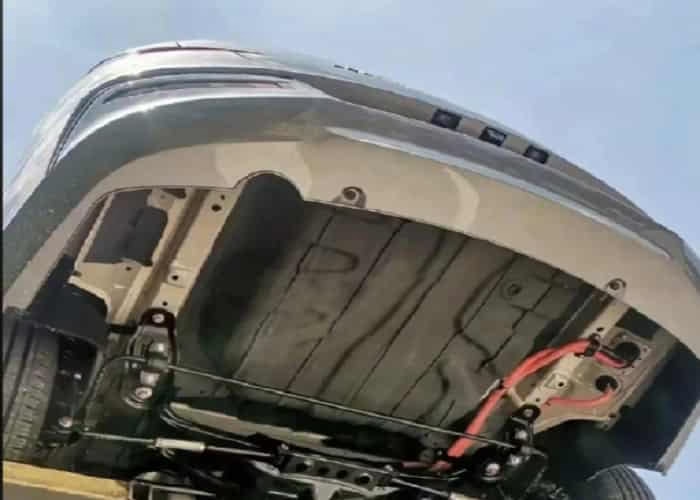


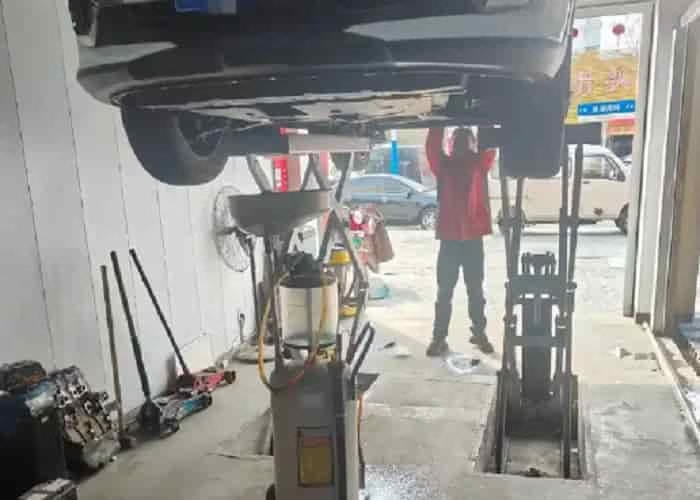
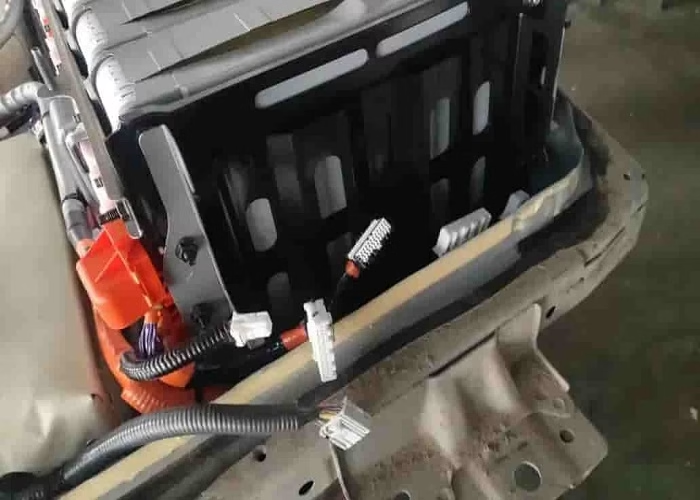
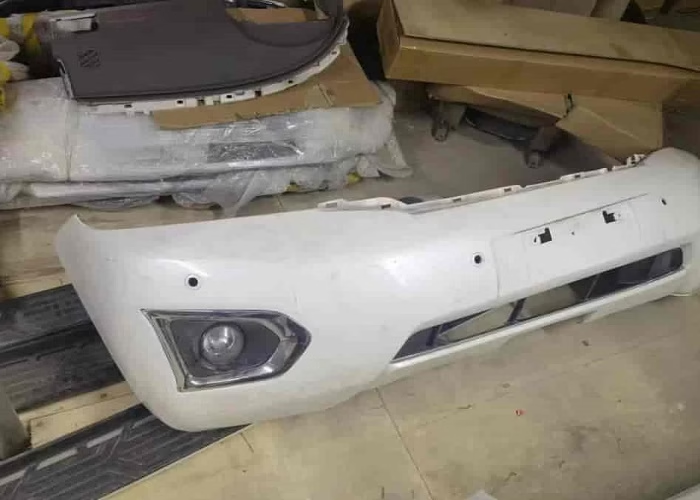
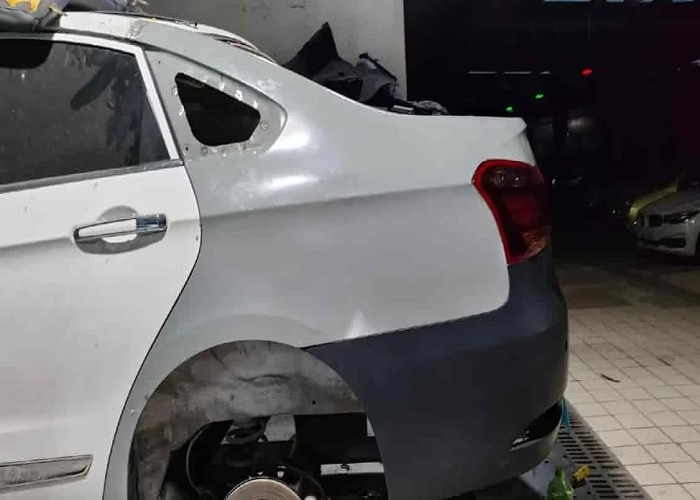
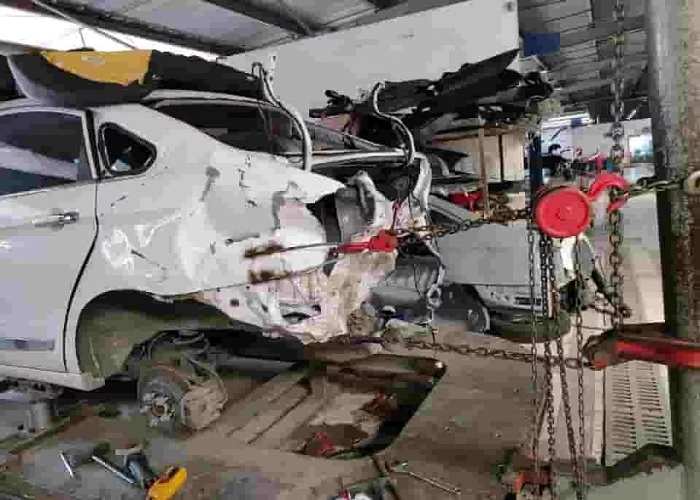
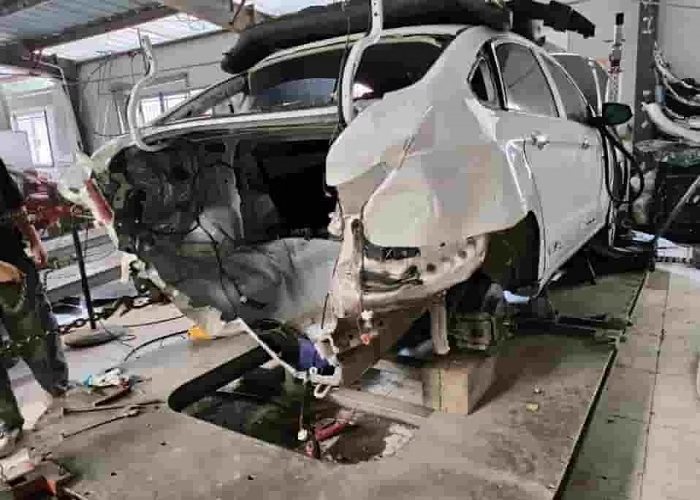
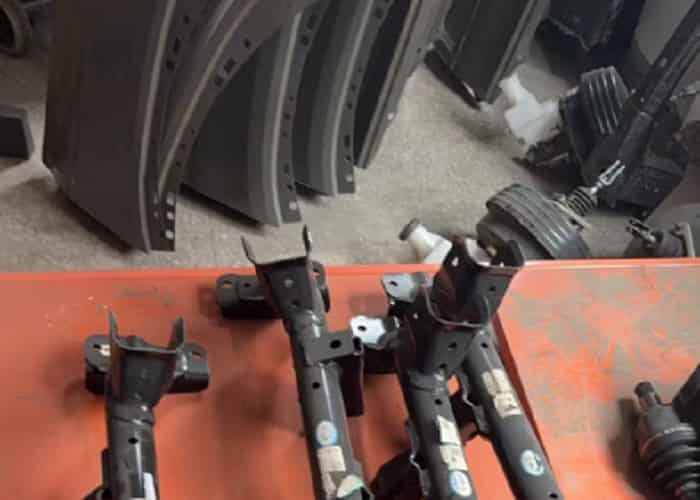
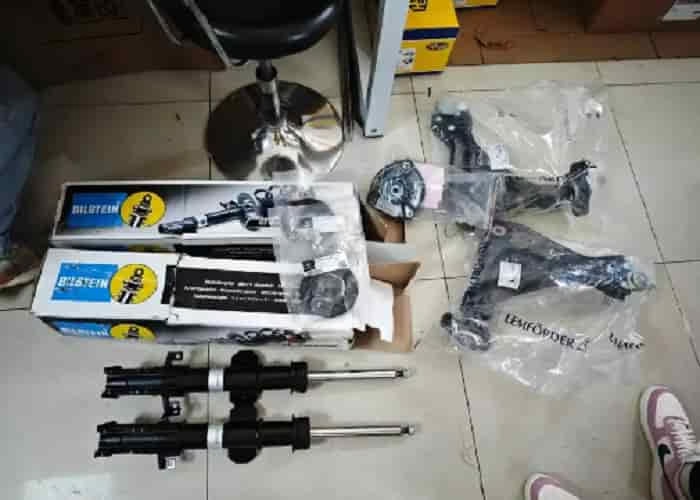




Leave a Reply